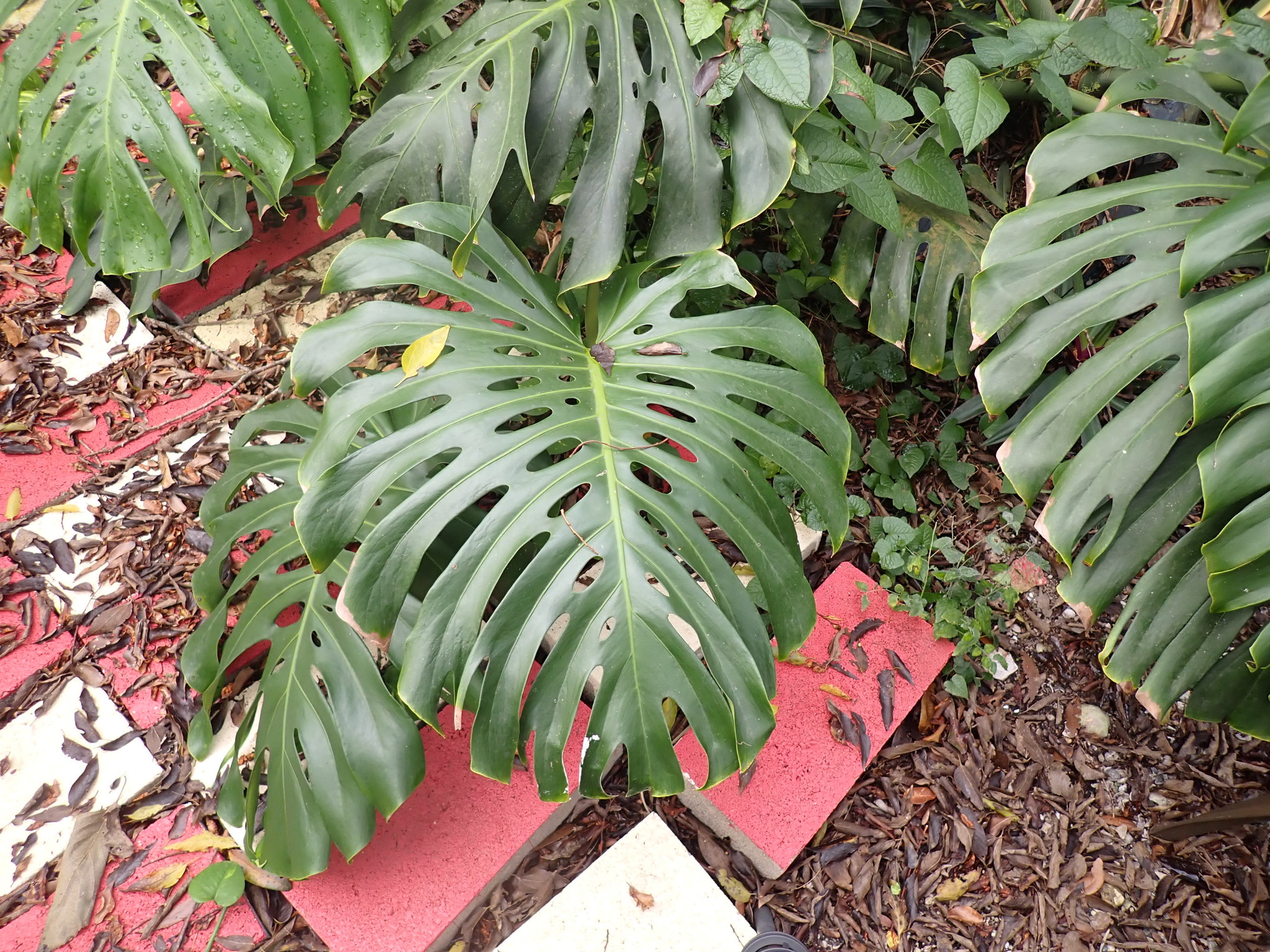While posting an observation on iNaturalist, what does captive/cultivated mean? Noting It is important!
While posting an observation you may have noticed that you can indicate if the observation is captive/cultivated. Checking captive/cultivated indicates that the organism exists where it was observed because humans intended it to be there. An example might be a shrub you planted in your garden, or a tree planted in a median strip. Wild/naturalized organisms exist in a particular place because they intended to be there, or because of the action of another wild organism. An example might be a strangler fig found in the boot of a cabbage palm. Most likely, that strangler fig is the result of a bird dropping a seed. In iNaturalist, it is important to indicate if the observation is captive/cultivated, because iNat is primarily interested in documenting wild organisms. Scientists using the data generated by iNat are often more interested in wild/naturalized organisms, and it can be problematic when captivated/cultivated organisms are not indicated as such. As citizen scientists, it’s our goal to collect as much useful data as we can.
Sometimes it can be hard to know if a plant is wild/naturalized or captive/cultivated, so we often have to do a little detective work. Think about where the plant is located--is it in a city/county/state preserve? Is it in your backyard? Whenever you’re making an observation, look at the plants around it--are there many of the same species? Are they uniformly organized? When in doubt, you can always do a little research to find out if the plant is native/naturalized to the area or if it’s more likely been planted. If you are ever unsure, you can always make a note of your best guess in the notes section of the observation.
Since this can be confusing, here are some examples from iNaturalist’s FAQS:
Captive/cultivated
-Zebra in a zoo
-Rose bush in a garden
-Tree planted 1, 10, or 100 years ago by humans
-Your pet cat
-Plants that grew from seeds that were planted in the ground or scattered intentionally by humans

This Monstera deliciosa was planted by a homeowner in a yard and is considered cultivated.
Wild/Naturalized
-Zebra in the Serengeti (assuming it's not in a zoo in the Serengeti)
-Fly on a zebra in a zoo
-Weed or other unintended plant growing in a garden (it may be helpful to make note that the weed is a “volunteer”)
-Feral cat
-Garden plant that is reproducing on its own and spreading outside of the intended gardening area
-Living organisms dispersed by the wind, water, and other forces apart from humans
-A species that had been introduced to a new region and has established a population outside of human care

This Tillandsia utriculata is growing on a cultivated tree, but the plant itself is wild. Therefore it is not cultivated or captive.
*Many thanks to iNaturalist and their FAQs (https://www.inaturalist.org/pages/help#captive). This is an adaptation of their Captive / Cultivated FAQ.
Written by Anastasia Sallen




Comentarios
Agregar un comentario